Ever wondered how to make learning science fun and interactive for kids? Traditional textbooks often fall short in sparking curiosity, but hands-on experiments can change the game. That’s where a science subscription like MEL Science steps in, delivering engaging, real-world learning right to your doorstep.
Designed for kids aged 5 and up, this service offers monthly subscription boxes packed with exciting experiments. Each kit includes everything needed—no extra shopping required. With four age-specific tracks, from STEM to Medicine, learning becomes an adventure tailored to your child’s level.
For just $29.90 per month (with an annual plan), kids get hands-on experience with chemistry, physics, and more. The first box arrives within two weeks, making it easy to start exploring right away. Plus, with AR/VR enhancements, these experiments go beyond the ordinary.
Key Takeaways
- Engaging, hands-on experiments delivered monthly
- Four learning tracks for different age groups
- Affordable pricing with flexible plans
- Includes all materials—no extra purchases needed
- Fast shipping, with the first box arriving in 14 days
What Is MEL Science?
Looking for a way to turn science into an exciting adventure for kids? This subscription service delivers hands-on experiments and cutting-edge tech to spark lifelong curiosity. With four specialized tracks, it adapts to every learning stage.
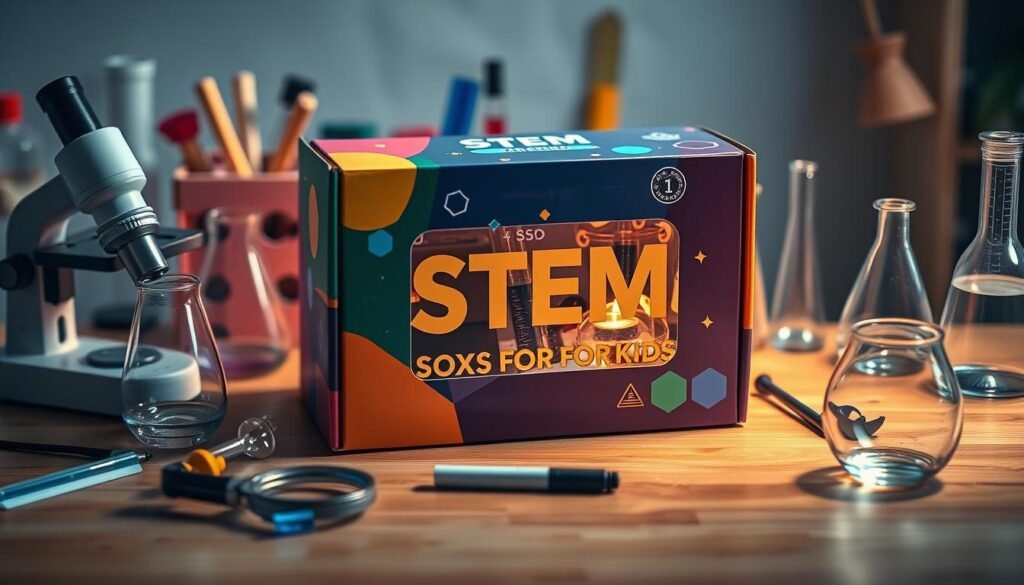
The programs include MEL Kids (STEM), Physics, Chemistry, and Med. Each targets specific ages, from basic hydraulics for 5-year-olds to advanced surgical simulations for teens. Real lab tools like polarized filters ensure professional-grade learning.
Virtual reality lessons take complex concepts to life. Kids explore molecular structures or diagnose virtual patients—far beyond textbook diagrams. The AR app scans experiment cards for interactive guides, blending physical and digital learning seamlessly.
Flexibility is key. Switch tracks anytime to match growing interests. Every box includes all materials, from chemical reagents to hydraulic parts, with no extra purchases needed. Monthly deliveries keep the excitement fresh.
Compared to school labs, these kits replicate real equipment while aligning with curricula. Whether it’s 50+ chemistry reactions or medical diagnostics, kids gain skills they’ll use for years.
Why MEL Science Stands Out Among STEM Subscriptions
Not all science kits are created equal—here’s what sets this one apart. Unlike generic STEM boxes, it blends hands-on experiments with real-world relevance, making learning stick. From cornstarch oobleck to hydraulic presses, every activity is designed to spark curiosity.
Four Tailored Learning Tracks
With four age-specific tracks, kids explore topics matching their skill level. The Physics kit uses polarized filters to teach light waves, while Chemistry boxes include safe reagents for 50+ reactions.
Younger learners build hydraulic arms, linking play to engineering principles. Teens simulate medical diagnostics, gaining skills used in real clinics. Every box includes all materials needed—no last-minute store runs.
Real-World Applications
Kids don’t just memorize facts—they apply them. A viscosity experiment with oobleck demonstrates industrial fluid dynamics. DIY color projectors show how light shapes technology like screens and lasers.
Even the box becomes part of the lesson. Repurpose it as a projector screen or earthquake simulator. These kits bridge classroom theory and practical use, proving science isn’t just for labs—it’s everywhere.
Hands-On Review: A Parent’s Experience
Parents often wonder if subscription boxes deliver on their promises—here’s a closer look. After testing two physics kits, the hands-on experiments proved both engaging and educational. The real magic? Watching kids connect theory to tangible results.
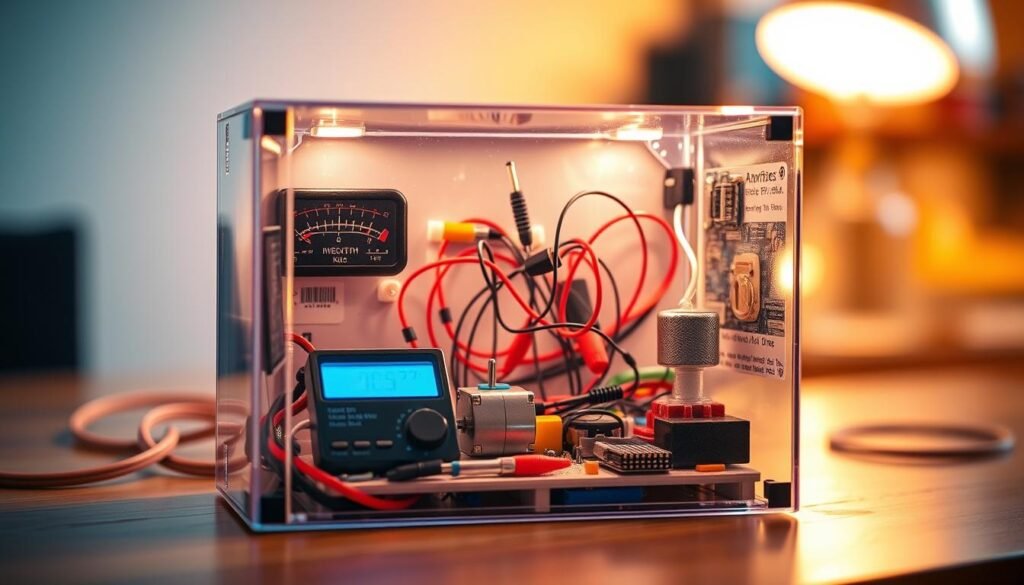
The “Liquiosity” Physics Box
This kit turns viscosity into a hands-on adventure. Kids create oobleck (a cornstarch-water mix) to explore fluid dynamics. The three-stage process starts with mixing, transitions to testing flow, and ends with industrial applications.
Tiny adhesive squares for labeling required parental help—a minor hiccup. But the box itself became part of the fun. Repurposed as an earthquake simulator, it added extra play value beyond the initial experiment.
The “Spectrum” Physics Box
Focused on light, this kit lets kids build a color projector. Multi-colored shadows and customizable displays kept engagement high. Precision with small adhesive parts was tricky, but the payoff—a DIY projector screen—was worth the effort.
The 45-minute time window was ideal for sustained focus. Even after the experiment, kids revisited the kit to create new light shows. No extra cost for materials meant everything needed was included.
Both kits nailed the balance of learning and play. From hydraulic arms to light spectrums, these experiments made abstract concepts irresistibly tangible.
Pricing and Subscription Options
Finding the right STEM subscription shouldn’t break the bank—here’s how pricing works. The standard tracks (STEM, Physics, Chemistry) cost $34.90 per month or $25.90 per month with an annual plan. That’s a 26% savings for committing to a month annual subscription.
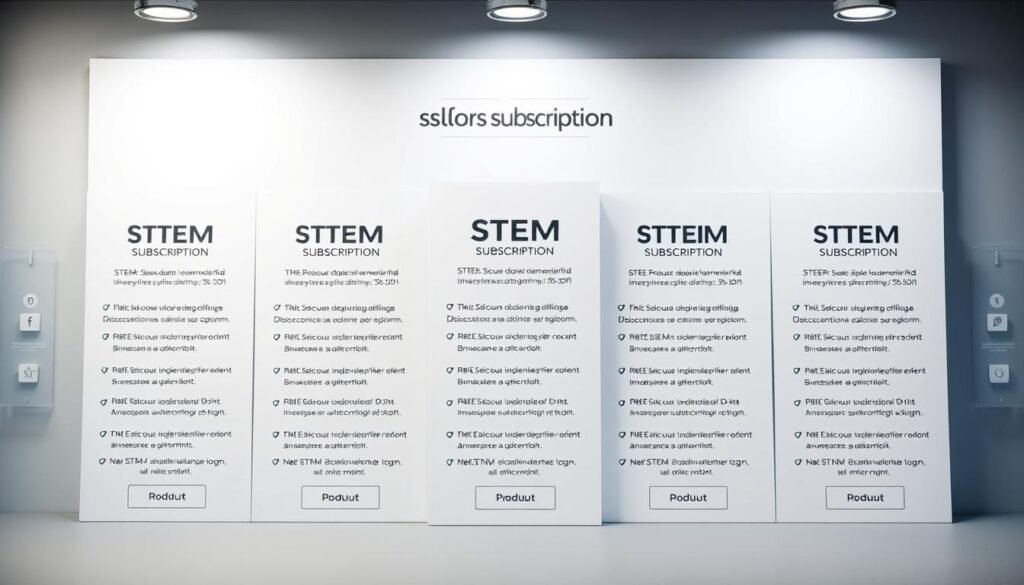
The Med kit, designed for advanced learners, is priced at $69.90 per month. Compared to professional-grade science kits (often $100+), it’s a steal—especially with included VR lessons worth $100.
Switching tracks mid-subscription? Changes are prorated. Your next box adjusts to the new plan’s cost, so no overpaying. Use code iLoveMel at checkout for 50% off your first box.
Shipping takes 7–14 days in the U.S. Pause or cancel anytime—no hidden fees. Subscriptions renew automatically, but reminders ensure you’re never surprised.
MEL Science vs. Competitors
Choosing the right STEM subscription can be tricky—here’s how it compares. While many services offer hands-on learning, few match the depth of subscriptions products independently like MEL. Below, we pit it against two popular alternatives.
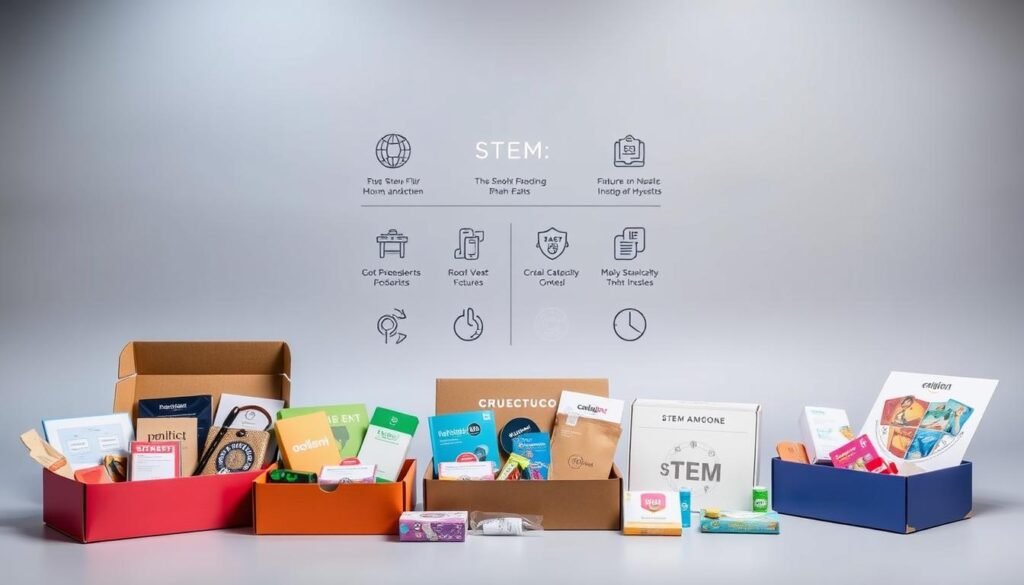
KiwiCo: Pros and Cons
KiwiCo excels in creativity but leans toward artsy projects. Its crates include crafts like DIY volcanoes, which build knowledge through play. However, experiments lack the scientific rigor of MEL’s VR-enhanced kits.
Cost-wise, KiwiCo starts at $23.95 monthly—cheaper but less specialized. Materials are reusable, though explanations skim surface-level concepts. Ideal for younger kids, but teens may outgrow it quickly.
Groovy Lab in a Box: Is It Worth It?
Groovy Lab relies on household items, reducing material costs. Yet, this limits experiment complexity. Building a balloon car teaches basics, but MEL’s hydraulic arms dive deeper into engineering principles.
The box includes detailed manuals, yet lacks VR’s immersive visuals. At $34.95/month, it’s pricey for reusable but generic components. Best for budget-conscious families prioritizing simplicity over advanced learning.
Pros and Cons of MEL Science
Every educational tool has strengths and weaknesses—here’s an honest breakdown. While this subscription excels in engagement, it’s important to consider both sides before subscribing.

Pros: The kits use lab-grade materials, like polarized filters and chemical reagents, for authentic learning. VR enhancements turn abstract concepts into interactive experiences, and switching tracks monthly adapts to growing interests.
Safety protocols are clear, with goggles and non-toxic items included. Each box aligns with school curricula, making it easy to reinforce classroom lessons. Families love the resubscription value—new experiment kits arrive every month.
Cons: At $34.90 per month, it’s pricier than DIY alternatives. Complex setups, like hydraulic arms, require 45+ minutes and adult help. Single-use components generate waste, though some parts (like projectors) are reusable.
For kids under 8, parental involvement is a must—bottle openings and precise measurements need supervision. However, this doubles as bonding time. While not all materials are eco-friendly, the high engagement factor often outweighs concerns.
Who Is MEL Science Best For?
STEM subscriptions aren’t one-size-fits-all—identify the best fit for your needs. Designed for kids of different ages, these kits cater to specific learning styles and goals.
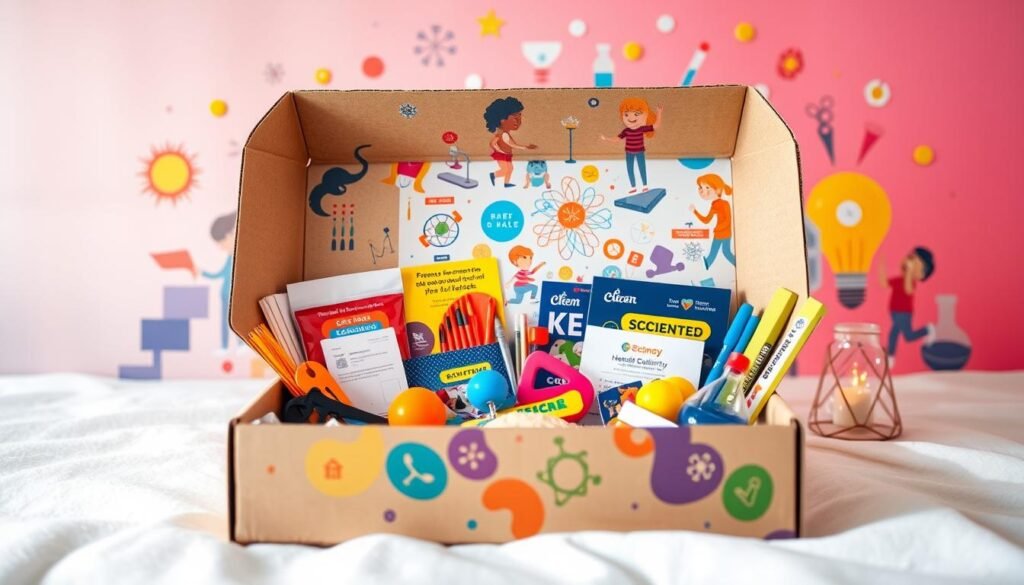
• Gift-givers: Perfect for birthdays or holidays, especially for kids obsessed with experiments. Themed boxes make unforgettable presents.
• Homeschoolers: A ready-made science curriculum with hands-on activities. Aligns with lesson plans for seamless integration.
• Teens exploring careers: Future doctors or engineers gain real skills. The Med kit, for example, simulates surgical procedures.
Considerations:
• Requires adult help for younger ages (under 8). Complex setups demand time and supervision.
• Not ideal for quick activities. Each experiment takes 45+ minutes—best for dedicated learning sessions.
For classrooms or libraries, these kits offer reusable value. But busy families might prefer simpler, faster options.
Conclusion
This STEM subscription stands out for its hands-on approach and specialized tracks. Whether your child is exploring chemistry or medical simulations, the kits deliver real-world learning tailored to their age.
Compared to competitors, it excels in depth and quality. The VR-enhanced experiments and lab-grade materials make complex concepts tangible. While priced higher than some alternatives, the educational payoff justifies the cost.
For parents seeking an engaging way to boost STEM skills, it’s a top choice. Use code iLoveMel for 50% off your first box. Have questions or experiences to share? Drop them below!
Editor’s Rating: 4.8/5 – Best for hands-on science lovers.
FAQ
What age group is MEL Science designed for?
The subscription boxes cater to kids ages 5–14+, with different difficulty levels for chemistry, physics, and STEM experiments.
How much does a MEL Science subscription cost?
Plans start at .90 per month for an annual subscription. Single boxes or shorter-term plans may have higher rates.
Are the experiments safe for kids to do?
Yes, all kits include safety gear like goggles and clear instructions. Adult supervision is recommended for younger children.
How often do new boxes arrive?
Subscribers receive a new hands-on kit every month, each focusing on a unique topic like light spectra or chemical reactions.
Can MEL Science be used for homeschooling?
Absolutely! The lesson plans align with STEM curricula, making them ideal for supplementing at-home learning.
How does MEL Science compare to KiwiCo?
MEL emphasizes real-world science applications with VR/AR tools, while KiwiCo offers broader creativity-focused projects.
What’s included in each subscription box?
Kits contain all necessary materials, step-by-step guides, and access to digital content like interactive simulations.
Is there a cancellation policy?
Subscriptions can be paused or canceled anytime, but refunds depend on the plan’s terms.





